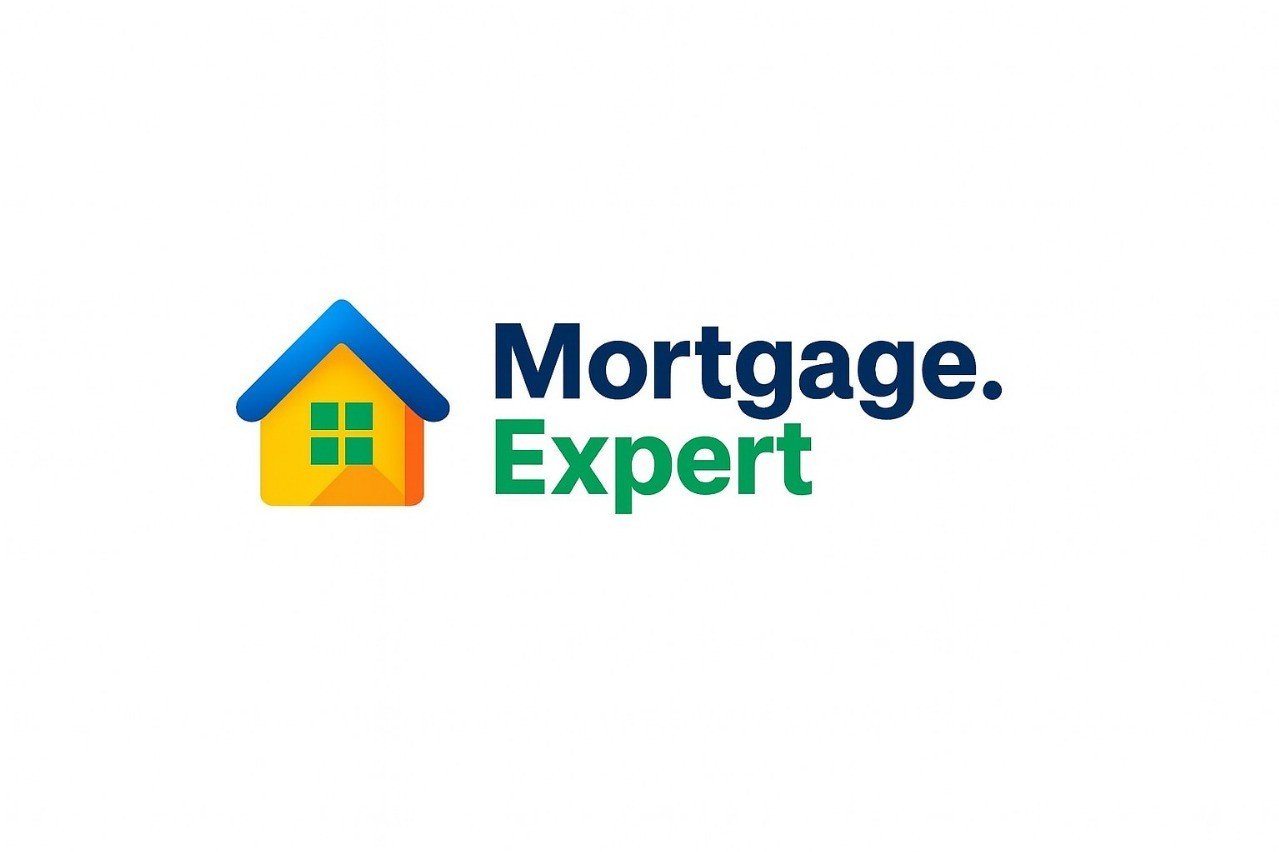
How Mark Carney’s Liberal Win Could Impact Your Mortgage Strategy
A new face is at the helm, and a familiar policy playbook is back in action. With Mark Carney leading the Liberals into a minority government, borrowers across Canada are re-evaluating their mortgage strategy in a landscape shaped by evolving fiscal priorities, inflation expectations, and global trade volatility.
While the Bank of Canada still calls the shots on interest rates, the policies of the federal government influence inflation, housing demand, and ultimately what direction mortgage rates take. As a result, the decision between locking in a fixed rate or floating with a variable has become more complex than ever.
Understanding What Drives Mortgage Rates
First, let’s get the basics straight.
Variable mortgage rates are tied to your lender’s prime rate, which moves in step with the Bank of Canada’s policy rate. When the BoC cuts or hikes its rate, your variable mortgage likely changes shortly after.
Fixed mortgage rates, on the other hand, are determined by Government of Canada bond yields. These yields are influenced by expectations around inflation, economic growth, and BoC policy moves. Importantly, fixed rates often adjust before any official announcement because bond traders anticipate what might come next.
Heading into 2025, markets expect two more modest rate cuts from the BoC—but fixed rates have already priced in much of this optimism.
Variable Rates Still Offer Long-Term Value—But with Trade-Offs
Variable rates are attractive if you believe interest rates will continue falling. Historically, variable-rate mortgages have saved Canadians more over a five-year term, especially when rates drop significantly.
Right now, though, variable rates are higher than comparable fixed options. To benefit, the Bank of Canada would need to cut more than the expected 50 basis points.
If you’re financially flexible and have a longer-term outlook, variable could still work in your favour—but the margin of savings may be slimmer than in previous years.
Fixed Rates Offer Stability Amid Political and Economic Uncertainty
For borrowers who value payment certainty and want to avoid surprises, fixed rates are compelling. With fixed rates currently sitting below their long-term average, locking in today could shield you from future economic shocks—whether they come from inflation, US trade disputes, or fiscal policy surprises.
Carney’s government is expected to ramp up spending on housing, infrastructure, and AI. While this could boost long-term productivity, it also raises short-term inflation risks. If inflation sticks, the BoC may slow its rate-cutting plans, making fixed rates look even more appealing in hindsight.
Borrower Profile: Fixed vs Variable Strategy
- First-Time Buyers: Fixed rates offer peace of mind and budgeting predictability. If cash flow is tight, a stable payment is worth the premium.
- Mortgage Renewers: If you’re open to some fluctuation and want flexibility to refinance later, a variable rate could work.
- Move-Up Buyers: Expecting to sell or break your mortgage early? Variable rates usually come with cheaper penalties and are more flexible.
Penalty Optionality: Variable Mortgages Offer More Flexibility
Fixed mortgages often come with steep penalties if you break your term early. These are usually calculated using the interest rate differential (IRD), which can cost thousands.
Variable mortgages, in contrast, usually carry a 3-month interest penalty, making them more forgiving if life changes (like a job move or family expansion) require breaking your term.
For anyone who values flexibility or anticipates changes during their mortgage term, variable wins here.
How Carney’s Liberal Win Shifts the Mortgage Outlook
With Mark Carney at the helm, Canada is expected to lean into strategic fiscal spending. That includes housing support, tech innovation, and green infrastructure. These investments could boost economic growth, but they may also delay deeper rate cuts from the Bank of Canada by keeping inflation modestly elevated.
Meanwhile, external risks, like renewed US tariffs under a Trump-led White House, could further cloud the interest rate picture. Bond yields may rise if inflation or government debt grows, nudging fixed mortgage rates up.
Bottom line? Variable rates may still offer a slight advantage over the long term, but the savings are likely smaller. For many Canadians, fixed rates offer attractive pricing and protection.
Final Thoughts: Choose Based on Your Risk Profile
With rates hovering at a crossroads, the best mortgage strategy depends on your financial goals and tolerance for uncertainty. A fixed mortgage offers predictability in a politically uncertain time. A variable mortgage keeps your options open and could pay off if rate cuts exceed expectations.
Before locking anything in, speak to a mortgage expert. A personalized plan can help you secure a rate hold now—protecting you from any surprises after policy changes take effect.
📉 Fixed vs Variable Mortgage Rate Comparison (2020–2025)
Here’s how average interest costs stack up on a $500,000 mortgage for fixed vs variable rates over time. While variable was cheaper in early 2020s, the tide shifted sharply by 2023. This projection helps you understand long-term cost implications.
| Year | 5-Year Fixed Avg. Rate | 5-Year Variable Avg. Rate | Annual Interest Cost (Fixed) | Annual Interest Cost (Variable) |
|---|---|---|---|---|
| 2020 | 2.49% | 1.45% | $12,450 | $7,250 |
| 2021 | 2.69% | 1.70% | $13,450 | $8,500 |
| 2022 | 3.89% | 2.90% | $19,450 | $14,500 |
| 2023 | 5.25% | 5.80% | $26,250 | $29,000 |
| 2024 | 5.10% | 6.10% | $25,500 | $30,500 |
| 2025 (Projected) | 4.80% | 5.50% | $24,000 | $27,500 |
📌 Assumes $500,000 balance on 25-year amortization. Projections for 2025 based on market economist forecasts and BoC trend outlooks.
👉 Want the full policy picture?
See how Carney’s Liberals could reshape housing and mortgages across Canada — and what it could mean for buyers and homeowners alike.
Start Your Home Buying Journey — For Free
Stuck with a Mortgage Decision?
Don’t stress — our team is here to help. Reach out for free, no-obligation guidance.
Contact the Experts



